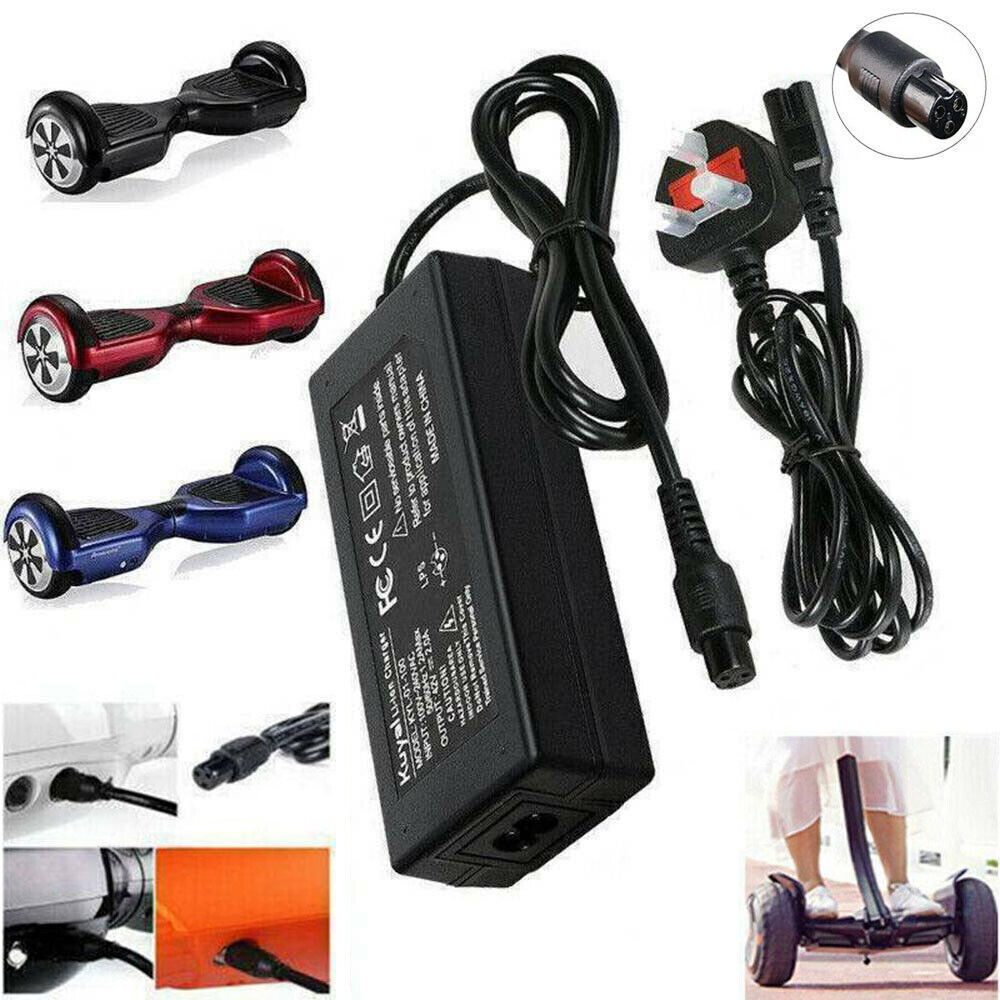
Hoverboards have gained popularity as a convenient and fun mode of transportation. However, it is crucial to ensure the proper use and maintenance of your hoverboard charger to avoid any overheating issues. Overheating can not only damage your charger but also pose safety hazards. In this essay, we will discuss some essential tips on how to avoid overheating your hoverboard charger.
- Use the Right Charger Using the correct charger that is specifically designed for your hoverboard model is crucial in preventing overheating. Different hoverboards require chargers with specific voltage and amperage ratings. Using an incompatible charger can cause the charger to work harder, leading to overheating. Always refer to the manufacturer’s instructions or user manual to ensure you are using the correct charger.
- Avoid Cheap or Counterfeit Chargers While it may be tempting to save money by purchasing cheap or counterfeit chargers, these can be extremely dangerous and prone to overheating. Cheap chargers may not have proper voltage regulation or safety features, increasing the risk of overheating. Always purchase chargers from reputable sources and authorized dealers to ensure quality and safety.
- Charge in a Well-Ventilated Area When charging your hoverboard, it is essential to do so in a well-ventilated area. Heat can build up during the charging process, and without proper ventilation, it can lead to overheating. Avoid charging your hoverboard in confined spaces or near flammable materials. Charging in an open area with good airflow is ideal to dissipate any heat generated during the charging process.
- Avoid Charging Overnight or Unattended Leaving your hoverboard charging overnight or unattended for extended periods can increase the risk of overheating. It is important to monitor the charging process and unplug the charger as soon as your hoverboard is fully charged. Overcharging can cause excessive heat buildup, leading to overheating. Always follow the manufacturer’s guidelines on charging times and avoid leaving your hoverboard charging longer than necessary.
- Inspect and Replace Damaged Chargers Regularly inspect your charger for any signs of damage, such as frayed wires, loose connections, or physical damage. Damaged chargers can be more prone to overheating and pose a safety risk. If you notice any damage, it is crucial to replace your charger immediately with a new one from a reputable source. Continuing to use a damaged charger can lead to further overheating and potential accidents.
- Use a Surge Protector Using a surge protector can help protect your charger from voltage spikes or fluctuations. Power surges can cause overheating and damage to your charger and hoverboard. Plugging your charger into a surge protector provides an added layer of protection against sudden voltage changes, ensuring a stable and safe charging process.
- Avoid Charging in Extreme Temperatures Extreme temperatures, whether too hot or too cold, can affect the performance of your charger and increase the risk of overheating. Avoid charging your hoverboard in direct sunlight or in extremely hot or cold environments. High temperatures can cause the charger to work harder and overheat, while freezing temperatures can affect the charging efficiency. Optimal charging temperatures are typically between 50°F to 86°F (10°C to 30°C).
- Do Not Charger Over Sensitive Surfaces When charging your hoverboard, ensure that you place the charger on a stable and non-sensitive surface. Avoid charging on flammable materials, carpeting, or upholstery that can restrict airflow and increase the risk of overheating. Opt for a solid and heat-resistant surface, such as a tabletop or desk, to safely charge your hoverboard.
- Practice Regular Maintenance Regular maintenance of your charger is crucial in preventing overheating. Clean the charger regularly to remove any dust or debris that can obstruct ventilation. Use a soft cloth or brush to gently remove any buildup. Additionally, check the charger’s cords and connectors for any signs of damage or wear. Keeping your charger in good condition will ensure optimal performance and reduce the risk of overheating.
In conclusion, avoiding overheating your hoverboard charger is vital for the safety and longevity of your charger and hoverboard. By using the right charger, avoiding cheap or counterfeit options, charging in a well-ventilated area, avoiding overnight or unattended charging, inspecting and replacing damaged chargers, using a surge protector, avoiding extreme temperatures, charging on non-sensitive surfaces, and practicing regular maintenance, you can prevent overheating issues. Following these tips will help ensure a safe and efficient charging experience, allowing you to enjoy your hoverboard without any concerns about overheating.









